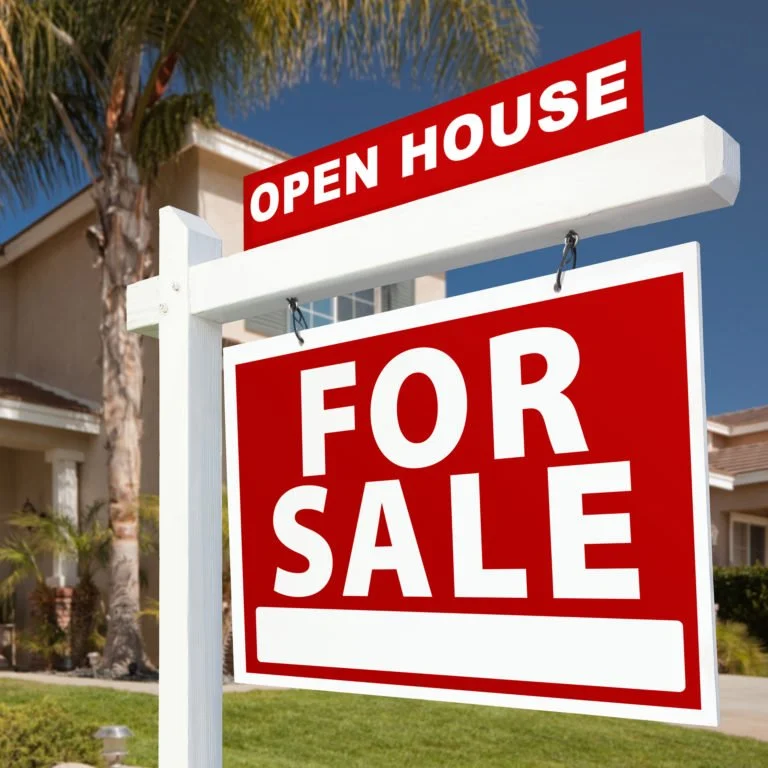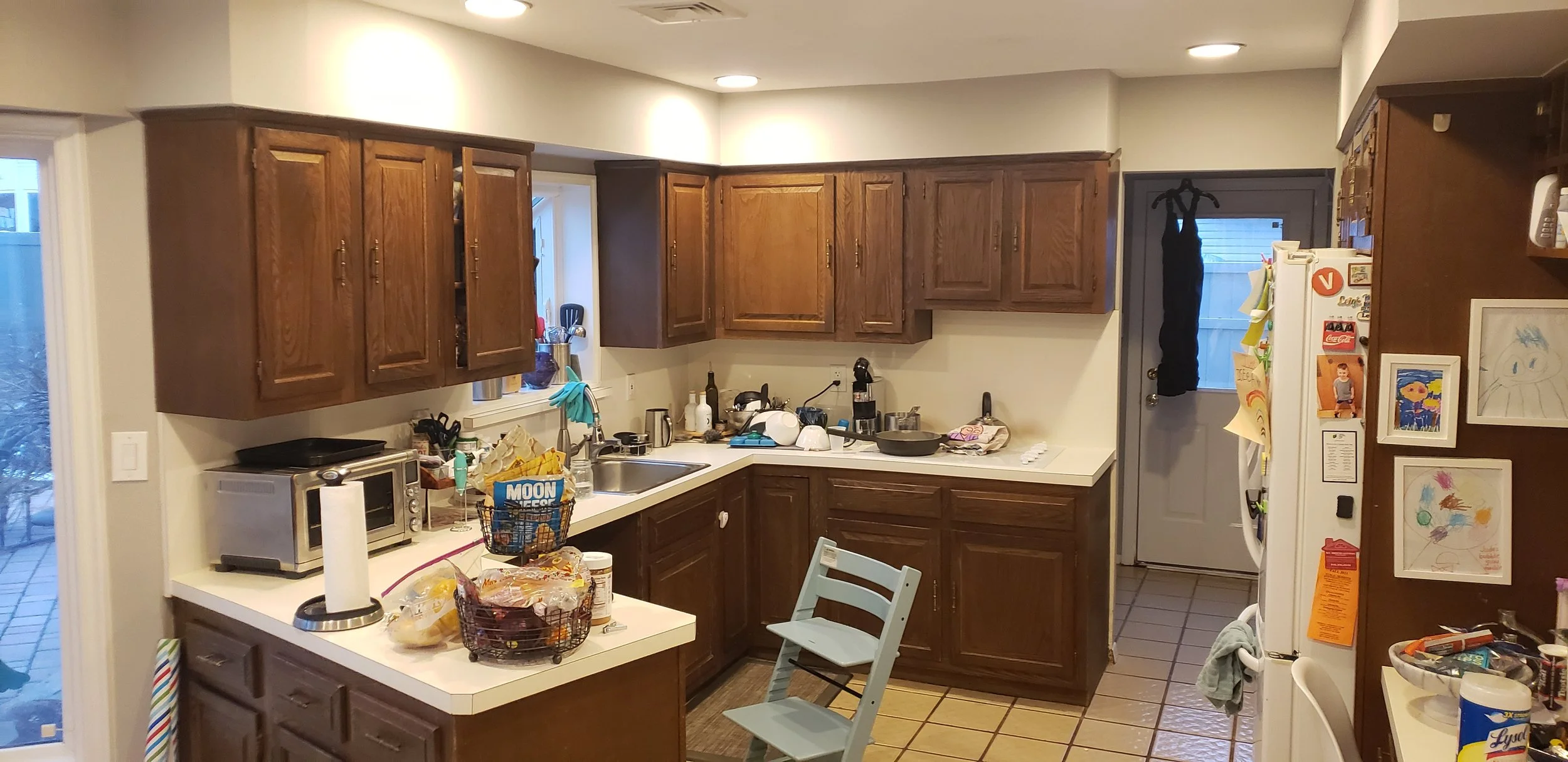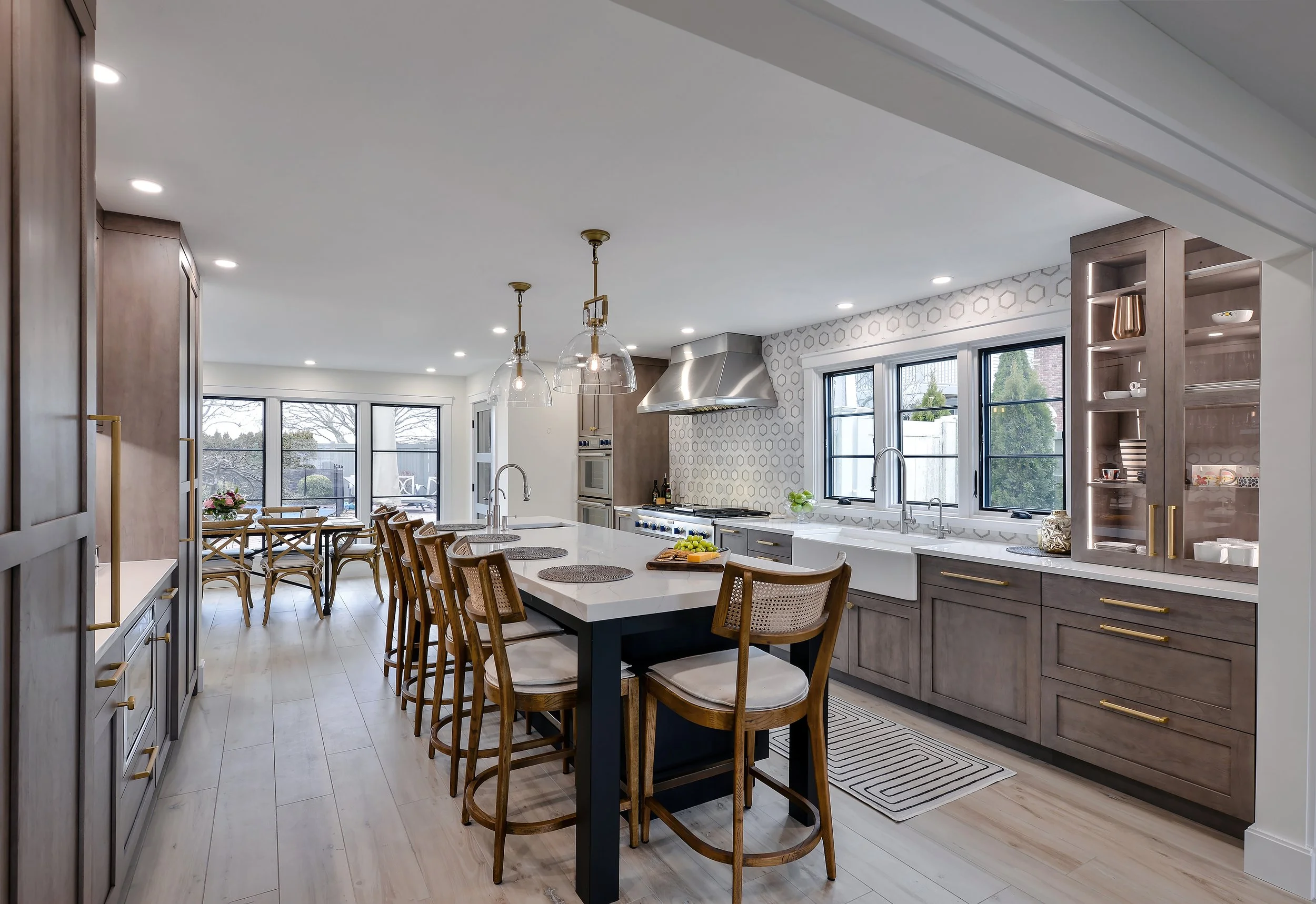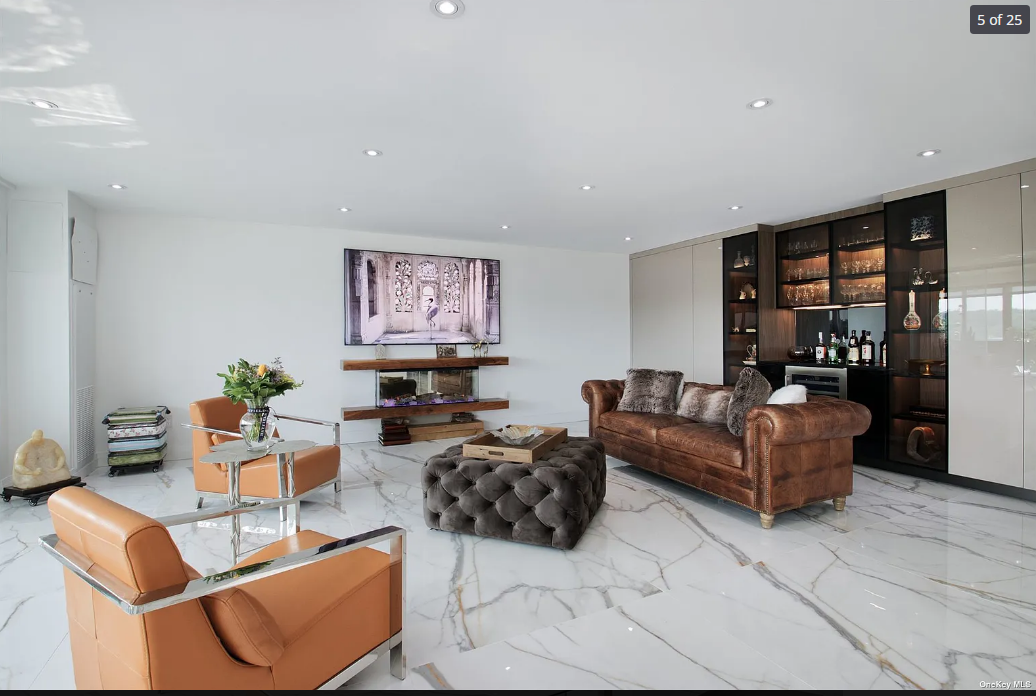Why Homeowners Part Ways with a House They Once Loved
Homes often reflect personal taste, but that connection can fade over time. Many homeowners leave behind homes when the spaces no longer match their lifestyle or aesthetic preferences. Daily routines, changing family sizes, or shifts in work habits make certain layouts impractical. Outdated kitchens, bathrooms, or living areas can feel uncomfortable and restrict movement. Technology gaps and energy inefficiency create further frustration. Modern design trends, from open layouts to sustainable materials, influence how people view their living spaces. Emotional discomfort grows when spaces fail to inspire or accommodate needs. For some, selling a home provides a fresh start and aligns property with current priorities. Comfort, functionality, and style drive the decision to move.
What features in Aging Homes Clash with Modern Lifestyles?
Many aging homes struggle to meet the demands of modern lifestyles. Narrow hallways and closed-off rooms limit flexibility for work, play, and entertaining. Outdated kitchens and bathrooms by size and/or location often frustrate homeowners, as storage, counter space, and functionality fall short of expectations. Installing smart devices or energy-efficient systems in older structures can be challenging, sometimes requiring costly rewiring or structural changes. Safety standards and accessibility frequently lag behind current guidelines, making daily tasks harder for families with children or older adults. Homeowners may feel constrained by their home’s floor plan and designs that no longer suit their routines or priorities. Open layouts, updated lighting, and adaptable spaces offer comfort and convenience that older homes rarely provide. With this in mind, many people choose to move to properties that better match modern needs and personal style.
Emotional Impact of Living in an Outdated Space
Living in a space that feels disconnected from function and taste affects mood and productivity. In short, rooms that feel cramped or outdated can drain energy. Homeowners may feel frustration every time they use inefficient kitchens or bathrooms. Daily routines can become cumbersome due to inconvenient layouts. Similarly, outdated color schemes or furniture styles reduce motivation to entertain or spend time at home. Emotional discomfort often grows quietly, influencing relationships and daily satisfaction. Updating a home may provide relief, but some homeowners prefer a fresh start. Selling the property and moving to a space that feels right restores confidence and happiness.
The Financial Considerations Behind Moving
Renovations often cost more than expected, making selling an appealing option. Older homes can carry hidden expenses like new plumbing, wiring, or repairing foundation issues. Selling allows homeowners to invest in a property with fewer repairs. Energy-efficient systems in modern homes reduce monthly costs. For future resale, properties with open layouts or upgraded features attract buyers faster. Considering resale value, lifestyle benefits, and convenience, moving can make better economic sense. Careful planning ensures money spent matches long-term goals and minimizes regret.
Families have to make a decision, much like the iconic HGTV series, “Love It or List It”. In an interview several years ago, David Visentin was asked what percentage of people ended up staying in their homes. David said” I would say probably it’s 60 to 40 for her. I think that might just be the nature of people having a hard time letting go of their home, even if another one makes more sense.” It is always prudent to get estimates to transform your home and compare it to moving.
Even small updates can transform older spaces and restore comfort. Simple changes like painting, upgrading lighting, or replacing furniture can improve usability and mood. Interior designers or DIY projects help align the space with personal style. Flooring, cabinetry, and appliances influence both functionality and appearance. Hence, thoughtful updates can make a home feel fresh without relocating. Adding personal touches, colors, and textures strengthens the connection to the space. For some, moving remains the best option, but careful adjustments often restore pride and satisfaction in daily living.
Trends That Drive Homeowners Toward Change
Modern design trends strongly influence moving decisions. In like manner, open floor plans, larger windows, and natural lighting attract many buyers. Smart home systems enhance comfort, security, and efficiency. Sustainable materials appeal to environmentally conscious homeowners. Colors, textures, and minimalist furniture influence overall satisfaction. Older homes often struggle to keep up with these trends. However, updating every aspect can require significant investment. Moving allows instant access to modern layouts, updated finishes, and technology integration. Homeowners gain spaces that align with current tastes without extensive remodeling. Homeowners can compare the cost of renovation versus the cost of an upgraded new home.
Planning a Move Without Regret
Successful relocation demands clear planning and realistic expectations. With this in mind, homeowners should assess what they truly need versus what they want. Budgeting carefully prevents overspending and reduces stress. Professional inspections, neighborhood research, and financial calculations guide decisions. Families should factor in future growth, work schedules, and lifestyle changes. Another key point is to be emotionally ready before making any commitments, as moving impacts routines and commitments. Clear communication and preparation help ensure the new home feels like a proper fit from day one. Proper planning turns what might feel daunting into a controlled, positive experience.
Homeowners Who Made the Leap
Many homeowners share similar experiences of satisfaction after selling outdated homes. Of course, some people initially hesitate due to emotional attachment or uncertainty. Families often gain functionality, comfort, and modern aesthetics. Personal wellbeing rises when layouts, style, storage, and technology align with daily life. Emotional relief is as important as financial gain. Besides, community options frequently improve after relocation. People encourage others to evaluate whether their current space and neighborhood truly fits their lifestyle. The right home can transform daily routines and enhance overall happiness.
In Summary
Many homeowners leave behind homes when they feel that their living space no longer expresses their needs and personal style. For this reason, selling becomes an attractive solution. Daily interactions with outdated decor or unsuitable layouts create frustration. Renovating can demand excessive time, money, and effort, pushing some toward relocation. Moving offers a chance to select a home that suits personality, routines, and hobbies. Above all, it provides emotional satisfaction and long-term comfort. Modern homes can offer better lighting, storage, and energy efficiency, making life easier. People gain freedom to design spaces that align with evolving preferences. This alignment between environment and lifestyle often outweighs the temporary stress of selling a property.



